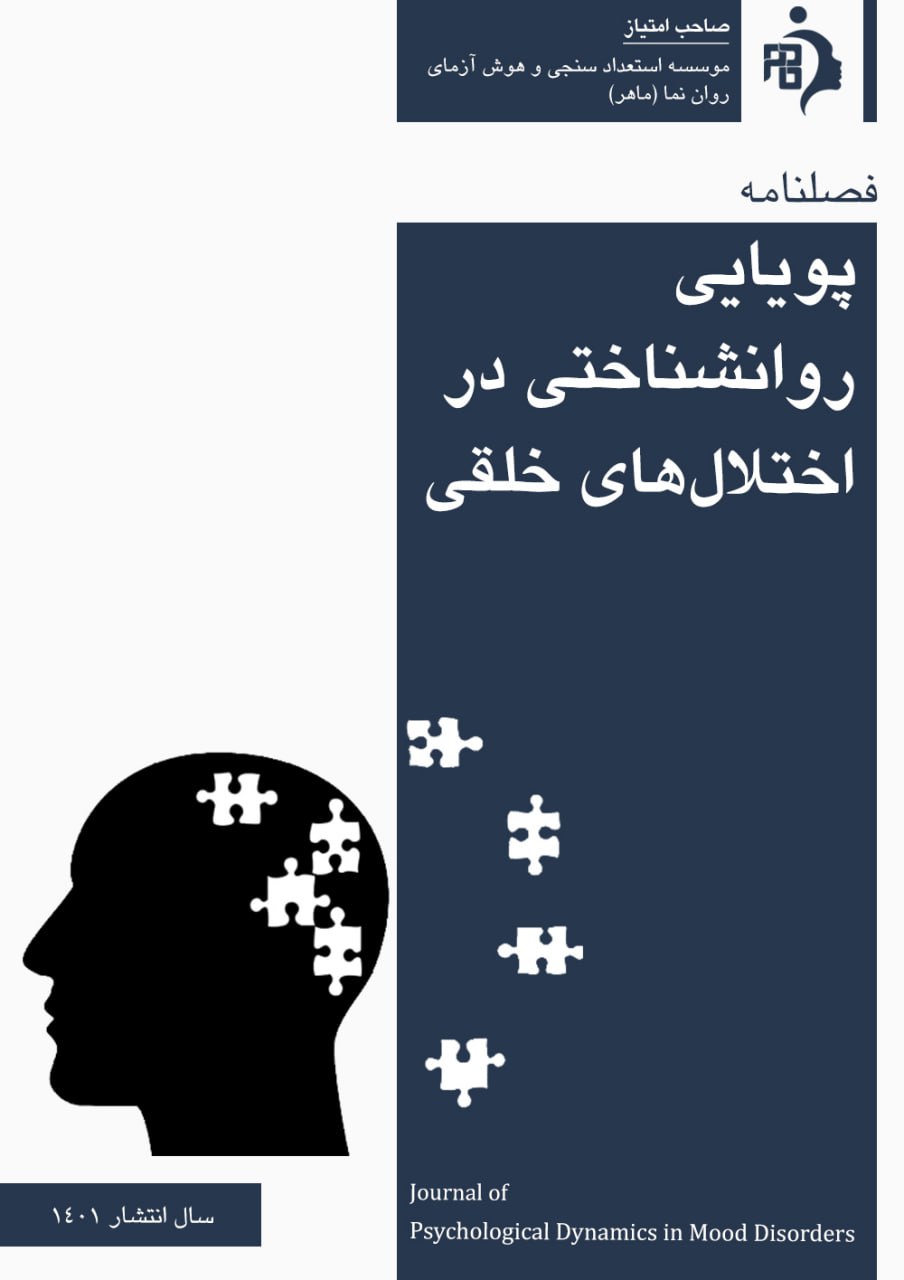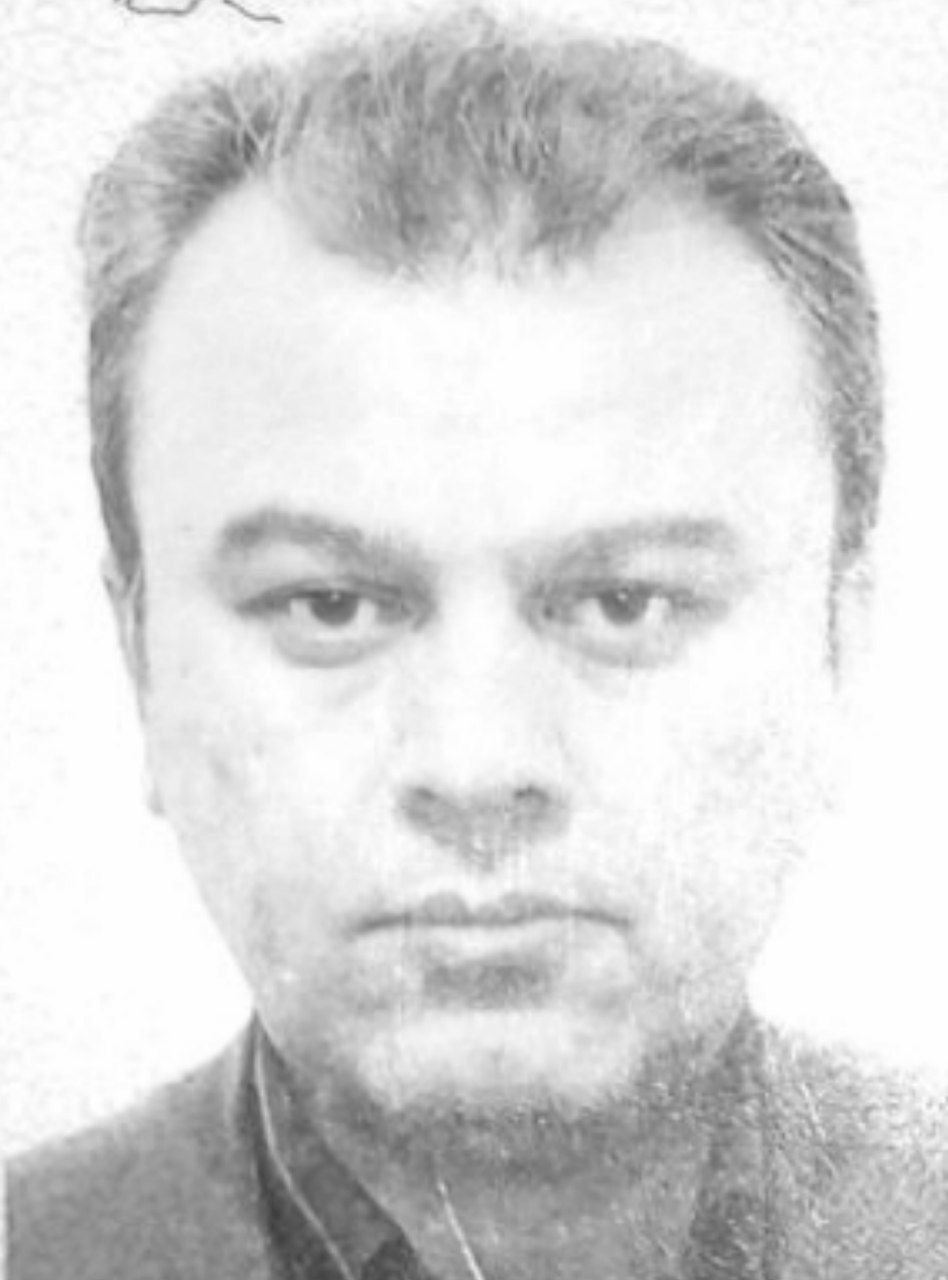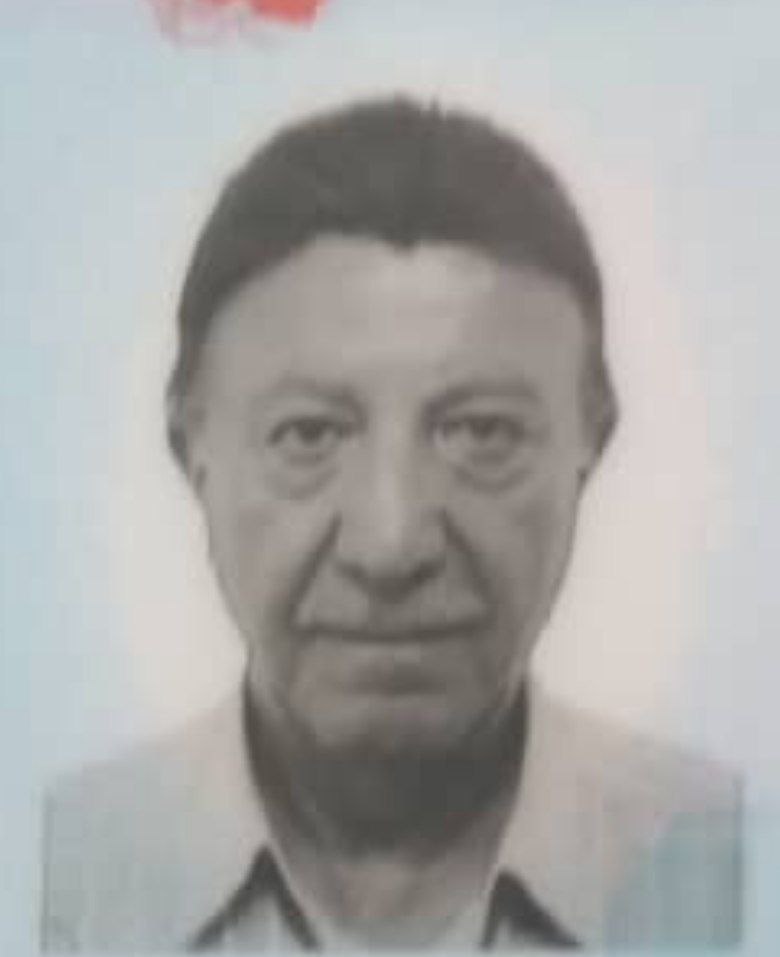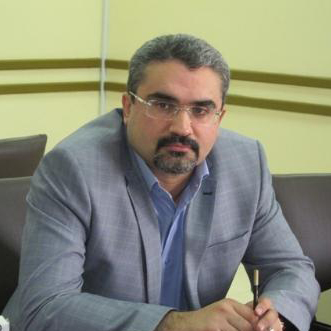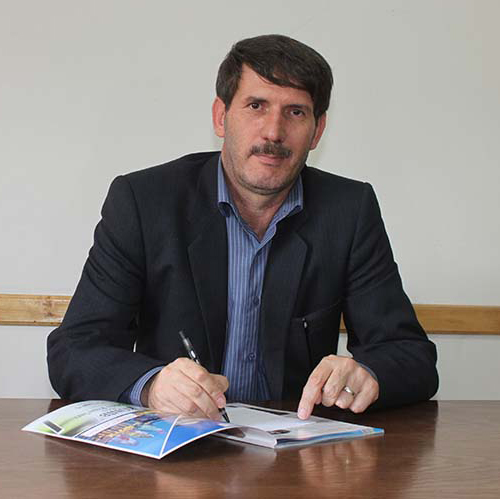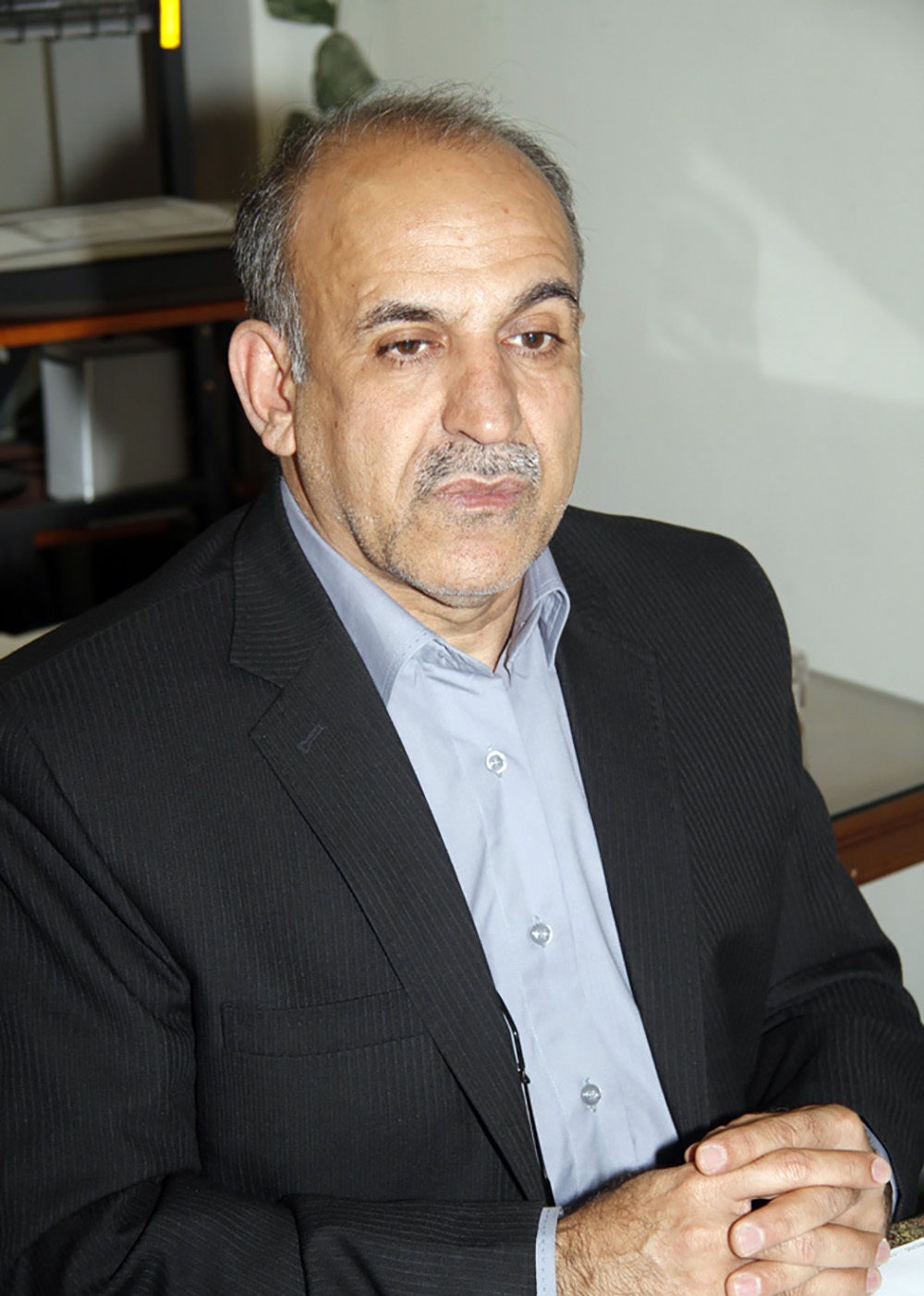The Effectiveness of Emotion-Focused Cognitive Behavioral Group Therapy on Self-Regulation, Psychological Capital and Positive Development in Anxious Adolescents
Keywords:
Emotion-Focused Cognitive Behavioral Group Therapy, Self-Regulation, Psychological Capital, Positive Development, Anxious AdolescentsAbstract
Background and Objective: Anxious adolescents have poorer functioning compared to non-anxious adolescents, which these functions can mention weakness in self-regulation, psychological capital and positive development. Therefore, the present research was conducted with the aim of determine the effectiveness of emotion-focused cognitive behavioral group therapy on self-regulation, psychological capital and positive development in anxious adolescents.
Methods and Materials: This research was a quasi-experimental with a pre-test and post-test design with a control group. The research population was anxious adolescents referring to counseling centers of education in Tehran city in the 2022-2023 academic years, which number of 30 anxious adolescents were selected as a sample with using purposive sampling method and randomly assigned into two equal groups. The experimental group underwent 8 sessions of 90 minute by emotion-focused cognitive behavioral group therapy and during this time the control group did not receive any intervention and remained on the waiting list. The research instruments were included the questionnaires of anxiety (Spielberger et al., 1983), self-regulation (Ibanez et al., 2005), psychological capital (Luthans et al., 2007) and positive development (Geldhof et al., 2014) and the data were analyzed with using the univariate and multivariate analysis of covariance methods in SPSS software.
Findings: The findings showed that emotion-focused cognitive behavioral group therapy increased self-regulation, psychological capital (including hope, resilience, optimism and self-efficacy) and positive development (including competence, confidence, connection, character and caring) in anxious adolescents (P<0.05).
Conclusion: Considering the effectiveness of emotion-focused cognitive behavioral group therapy on improving psychological characteristics in anxious adolescents, it is recommended that therapists and counselors use this method in their interventions.
Downloads
References
Afshari, A., Neshat-Doost, H. T., Maracy, M. R., Kar Ahmady, M., & Amiri, Sh. (2014). The effective comparison between emotion-focused cognitive behavioral group therapy and cognitive behavioral group therapy in children with separation anxiety disorder. Journal of Research in Medical Sciences, 19(3), 221-227. https://pmc.ncbi.nlm.nih.gov/articles/PMC4061643/
Babaee, J., Najafi, M., & Rezaei, A. (2018). The psychometric properties of positive youth development scale in students. Journal of Psychological Science, 16(64), 540-553. http://dorl.net/dor/20.1001.1.17357462.1396.16.64.6.9
Baker, A. E., Padgaonkar, N. T., Galvan, A., & Peris, T. S. (2024). Anxiety may alter the role of fronto-striatal circuitry in adolescent risky decision-making. Journal of Affective Disorders, 348, 238-247. https://doi.org/10.1016/j.jad.2023.12.063
Billen, E., Garofalo, C., Weller, J. A., Kirisci, L., Reynolds, M., Tarter, R. E., & Bogaerts, S. (2022). Bidirectional associations between self-regulation and deviance from adolescence to adulthood. Development and Psychopathology, 34(1), 335-344. https://doi.org/10.1017/s0954579420000656
Bodenmann, G., Kessler, M., Kuhn, R., Hocker, L., & Randall, A. K. (2020). Cognitive-behavioral and emotion-focused couple therapy: Similarities and differences. Clinical Psychology in Europe Logo, 2(3) e2741, 1-12. https://doi.org/10.32872/cpe.v2i3.2741
Carlton, C. N., Garcia, K. M., Richey, J. A., & Ollendick, T. H. (2022). Screening for adolescent social anxiety: Psychometric properties of the severity measure for social anxiety disorder. Child Psychiatry & Human Development, 53(2), 237-243. https://doi.org/10.1007/s10578-021-01120-x
Cary, E. L., Bergen-Cico, D., Sinegar, S., Schutt, M. K. A., Helminen, E. C., & Felver, J. C. (2024). Self-regulation mediates effects of adapted mindfulness-based stress reduction on anxiety among college students. Journal of American College Health, 72(9), 3818-3828. https://doi.org/10.1080/07448481.2023.2201843
DeMott, B., Aziz, Sh., Wuensch, K., & Dolbier, C. (2023). Labor of love, or love of labor? Psychological capital's mitigating role in the relationship between workaholism and work stress. Work, 74(1), 341-352. https://doi.org/10.3233/wor-210467
DeSouza, L. M., Charmaraman, L., Vargas, E., & Hall, G. S. (2022). Social media friends from afterschool are associated with positive youth development in digital settings. Journal of Youth Development, 17(2), 28-47. https://doi.org/10.5195/jyd.2022.1173
Ebrahimi, S., Ahmadi, Kh., & Farokhi, N. (2022). Effectiveness of emotion-focused therapy on psychological capital and post traumatic growth in women with multiple sclerosis. Journal of Nursing Education, 11(3), 85-96. http://jne.ir/article-1-1351-fa.html
Farazmand, M., & Aghapour, M. (2020). Effectiveness of cognitive emotional training on psychological capitals in the students with oppositional defiant disorder. Social Behavior Research & Health, 4(1), 497-505. https://doi.org/10.18502/sbrh.v4i1.2829
Geldhof, G. J., Bowers, E. P., Boyd, M. J., Mueller, M. J., Napolitano, K. S., Callina, K. S., & et al (2014). Creation of short and very short measures of the five Cs of positive youth development. Journal of Research on Adolescence, 24(1), 163-176. http://dx.doi.org/10.1111/jora.12039
Gordani, Y., & Sadeghzadeh, M. (2023). Mindfulness and the mediating role of psychological capital in predicting the foreign language anxiety. Journal of Psycholinguistic Research, 52(5), 1785-1797. https://doi.org/10.1007/s10936-023-09938-3
Heidari, A., & Moayedfar, H. (2023). Correlation of early maladaptive schemas and psychological capital, basic needs and social and emotional loneliness in people attempting suicide in Zanjan city. Journal of Health Promotion Management, 12(5), 74-87. http://dx.doi.org/10.22034/JHPM.12.5.74
Herzig, K. A., Stewart, C. E., & Treadwell, K. R. H. (2023). Why worry with friends? Problem talk and anxiety in late adolescent friendships. Journal of Adolescence, 95(2), 382-396. https://doi.org/10.1002/jad.12120
Ibanez, M. I., Ruiperez, M. A., Moya, J., Marques, M. J., & Ortet, G. (2005). A short version of the self-regulation inventory (SRI-S). Personality and Individual Differences, 39(6), 1055-1059. https://doi.org/10.1016/j.paid.2005.02.029
Kaltiala, R., Aalto-Setala, T., & Kiviruusu, O. (2023). Socioeconomic disparities in adolescent anxiety and depression in Finland have not increased during the COVID-19 pandemic. Scandinavian Journal of Public Health, 51(5), 656-663. https://doi.org/10.1177/14034948231166466
Lawler, J. M., Pitzen, J., Aho, K. M., Ip, K. I., Liu, Y., Hruschak, J. L., & et al. (2023). Self-regulation and psychopathology in young children. Child Psychiatry & Human Development, 54(4), 1167-1177. https://doi.org/10.1007/s10578-022-01322-x
Luthans, F., Avolio, B. J., Avey, J. B., & Norman, S. M. (2007). Positive psychological capital: Measurement and relationship with performance and satisfaction. Personnel Psychology, 60(3), 541-572. https://psycnet.apa.org/doi/10.1111/j.1744-6570.2007.00083.x
Marin-Gutierrez, M., Caqueo-Urizar, A., Castillo-Francino, J., & Escobar-Soler, C. (2024). The 5Cs of positive youth development: Their impact on symptoms of depression, anxiety, stress, and emotional distress in Chilean adolescents. BMC Psychology, 12(372), 1-10. https://doi.org/10.1186/s40359-024-01863-x
McKay, M., & West, A. (2016). Emotion efficacy therapy: A brief, exposure-based treatment for emotion regulation integrating ACT and DBT along with an 8-week transdiagnostic treatment protocol. (Translate by Mohammad Khani, Sh., Akbari, E., & Khaleghi, M. 2018). Tehran: Ibn Sina Publications.
Mertens, E. C. A., Dekovic, M., Van Londen, M., & Reitz, E. (2022). Parallel changes in positive youth development and self-awareness: the role of emotional self-regulation, self-esteem, and self-reflection. Prevention Science, 23(4), 502-512. https://doi.org/10.1007/s11121-022-01345-9
Mobasher, Z., Bagheri, N., Abbasi, M., & Tanha, Z. (2022). Comparison of the effectiveness of cognitive-behavioral therapy and combination therapy on self-compassion and emotional self-regulation in heart patients. Journal of Modern Medical Information Sciences, 7(4), 33-43. http://dx.doi.org/10.52547/jmis.7.4.33
Mohammadi, Z., Atashpour, S. H., & Golparvar, M. (2021). Comparison of the effectiveness of compassion-focused therapy and existentialism acceptance and commitment therapy on positive youth development in depressed adolescent girls. Journal of Preventive Medicine, 8(3), 80-89. http://dx.doi.org/10.52547/jpm.8.3.80
Myruski, S., Perez-Edgar, K., & Buss, K. A. (2024). Adolescent coping and social media use moderated anxiety change during the COVID-19 pandemic. Journal of Adolescence, 96(1), 177-195. https://doi.org/10.1002/jad.12267
Sadeghi, A., Shirkhani, M., Rezvan HassanAbad, M., Ashouri A., & Mazaheri Asadi, D. (2021). Predicting people's state anxiety during the Covid-19 epidemic based on attachment styles: The mediating role of emotion regulation difficulty. Rooyesh-e-Ravanshenasi Journal, 10(8), 57-68. http://dorl.net/dor/20.1001.1.2383353.1400.10.8.17.1
Seidi, M. S., & Dastani, M. (2024). The effectiveness of reality therapy on psychological capital and mental health of mentally retarded children's mothers. Journal of Clinical Psychology & Personality, 21(2), 1-12. https://doi.org/10.22070/cpap.2023.17296.1319
Shafiabadi, A., Hasani, J., & Yari, M. (2023). Comparing the effectiveness of emotion-focused cognitive-behavioral therapy and mindfulness-based cognitive therapy on body image and cognitive emotion regulation in adolescent girls want in cosmetic surgery. Psychological Achievements, 30(1), 19-36. http://dx.doi.org/10.22055/psy.2022.40075.2796
Soltani Panah, M., Asgari, P., & Naderi, F. (2021). The effectiveness of mindfulness exercises on positive youth development components in adolescents with anxiety disorder. Advances in Cognitive Sciences, 23(3), 66-78. http://dx.doi.org/10.30514/icss.23.3.66
Spielberger, C. D., Gorsuch, R. L., Lushene, R. E., Vagg, P. R., & Jacobs, G. A. (1983). Manual for the state-trait anxiety inventory. Palo Alto, CA: consulting psychologists press. https://www.researchgate.net/publication/235361542_Manual_for_the_State-Trait_Anxiety_Inventory_Form_Y1_-_Y2
Strauman, T. J. (2021). Modeling the onset of a depressive episode: A self-regulation perspective. Current Opinion in Psychology, 41, 100-106. https://doi.org/10.1016/j.copsyc.2021.04.003
Suveg, C., Jones, A., Davis, M., Jacob, M. L., Morelen, D., Thomassin, K., & Whitehead, M. (2018). Emotion-focused cognitive-behavioral therapy for youth with anxiety disorders: A randomized trial. Journal of Abnormal Child Psychology, 46(3), 569-580. https://doi.org/10.1007/s10802-017-0319-0
Telzer, E. H., Van Hoorn, J., Rogers, C. R., & Do, K. T. (2018). Social influence on positive youth development: A developmental neuroscience perspective. Advances in Child Development and Behavior, 54, 215-258. https://doi.org/10.1016/bs.acdb.2017.10.003
Timulak, L., Keogh, D., Chigwedere, C., Wilson, C., Ward, F., Hevey, D., & et al. (2022). A comparison of emotion-focused therapy and cognitive-behavioral therapy in the treatment of generalized anxiety disorder: Results of a feasibility randomized controlled trial. Psychotherapy, 59(1), 84-95. https://doi.org/10.1037/pst0000427
Torres, S., Sales, C. M. D., Guerra, M. P., Simoes, M. P., Pinto, M., & Vieira, F. M. (2020). Emotion-focused cognitive behavioral therapy in comorbid obesity with binge eating disorder: A pilot study of feasibility and long-term outcomes. Frontiers in Psychology, 11(343), 1-13. https://doi.org/10.3389/fpsyg.2020.00343
Wu, S., Xu, Z., Zhang, Y., & Liu, X. (2019). Relationship among psychological capital, coping style and anxiety of Chinese college students. Rivista di Psichiatria, 54(6), 264-268. https://doi.org/10.1708/3281.32545
Yang, P. J., & McGinley, M. (2024). Positive youth development of Tayal and Han adolescents in Taiwan: A cultural and structural perspective. Journal of Adolescence, 96(8), 1969-1983. https://doi.org/10.1002/jad.12395
Zarabadi Poor, F., Mohammai, F., Hosseinkhani, Z., & Motalebi, S. A. (2022). Association between fear of COVID-19 and death anxiety with moderator role of self-regulation among older adults residing in Qazvin. Iranian Journal of Epidemiology, 18(3), 204-213. https://irje.tums.ac.ir/article-1-7119-en.html
Zeng, X., & Wei, B. (2023). The relationship between the psychological capital of male individuals with drug abuse and relapse tendency: A moderated mediation model. Current Psychology, 42(12), 10334-10343. https://doi.org/10.1007/s12144-021-02325-y
Zhou, J., Yang, Y., Qiu, X., Yang, X., Pan, H., Ban, B., & et al. (2018). Serial multiple mediation of organizational commitment and job burnout in the relationship between psychological capital and anxiety in Chinese female nurses: A cross-sectional questionnaire survey. International Journal of Nursing Studies, 83, 75-82. https://doi.org/10.1016/j.ijnurstu.2018.03.016








